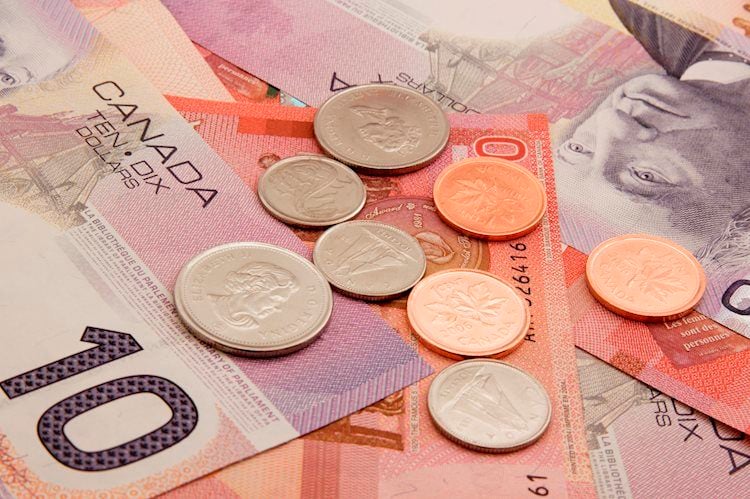When you think of an engagement ring, what do you imagine? Perhaps a single diamond stone, or a circle of smaller stones around the main gem.
No matter the style, you’re probably imagining white diamonds, which have been the major symbols of marital commitment for over a century. But over the past decade, traditions surrounding engagement rings have loosened up, as colorful gemstones and unique designs have become prevalent on social media and on celebrity fingers.
Now, many jewelry designers offer engagement rings with sapphires, rubies and pearls – as well as “imperfect” diamonds, which can be rough, flecked with shades of gray or colored in hues like brown or pink – for couples looking for a ring quirky or more accessible.
“I think there’s a bigger shift in attitudes around engagement rings,” Leigh Batnick Plessner, creative director at New York-based jewelry store Catbird, said by phone. “It should be something that makes you happy, and it doesn’t have to follow rules or traditions.”
However, diamonds still reign supreme, according to a recent survey by wedding publisher The Knot, with 86 percent of the 5,000 respondents in the United States preferring them as the centerpiece of engagement rings, and the moissanite (stone that imitates diamond) the second most popular option.
Diamonds have long represented “strength and bonding” because they are considered the hardest stones in the world, said Marion Fasel, editor and jewelry writer. They began to become fashionable among royalty, popularized in 18th-century England by George III’s wife, Queen Carlota, explained Fasel.
But diamonds only began to become culturally synonymous with marriage after Tiffany & Co. introduced the modern engagement ring, with its iconic six-pointed diamond, in 1886.
Then, amid the post-World War II marriage boom, Philadelphia-based copywriter Frances Gerety created the advertising “slogan of the century” for mining giant De Beers: “A diamond is forever.”
Since the 1940s, the value of diamonds has been measured by: cut, color, clarity and carat weight, which were standardized by the Gemological Institute of America (GIA) and strongly promoted by De Beers.
“When it’s not white, it’s considered an imperfection,” said jewelry designer Julie Stark. His studio, Point No Point, based on the outskirts of Seattle, specializes in black and gray-flecked diamond rings.
“(Even) champagne diamonds weren’t considered very valuable because they had a certain color,” she said, using a name often given to pale yellowish-brown stones.
There have been some high-end engagement rings with colored gemstones in the past – the famous Princess Diana wore a 12-carat blue sapphire halo with diamonds, and Jennifer Lopez received a 6.1-carat pink diamond from Ben Affleck in 2002. But while celebrity engagement rings have increased in size and price, most have remained the traditional color.
That has changed in recent years, with Emma Stone and Ariana Grande wearing rings that incorporate pearls, Elizabeth Olsen sporting an emerald, Princess Eugenie of the United Kingdom wearing a 20-carat pink-orange sapphire and Katy Perry revealing a ruby design.
Brown diamonds have also had their big moment in the past two years, from Kate Hudson’s pink-brown gem paired with rose gold to Scarlett Johansson’s 11-carat egg-shaped gem on a ceramic band believed to have been designed by Taffin.
“Stones (brown) wouldn’t have been seen ten years ago for an engagement ring like that,” said Fasel, who believes celebrity picks reach the consumer market. “When people make unique choices at a high standard level, it gives women the courage to do something a little different than traditional design,” she added.
Emphasizing what’s unique
Around 2008, before Catbird began focusing on fine jewelry, creative director Batnick Plessner and founder Rony Vardi realized that one of their rings, a small white sapphire shaped like a willow branch, was becoming a choice. increasingly popular for engagements.
Even with a slightly above average price – US$100 (R$570) -, it became the starting point for the store to change its focus, including the construction of a jewelry studio for 63 people. Catbird now sells engagement rings from several other jewelry designers, as well as its own, at prices up to $15,000 ($86,000) – and many of them are non-traditional.
As well as unconventional stones, Batnick Plessner customers have also expressed growing interest in alternative sets other than “just the traditional solitary stone,” she said, adding that the brand’s selection doesn’t “feel exactly right” for brides.
Today, Catbird’s offerings include a romantic trio of rose-cut pale pink sapphires (as well as a blue version) by designer Jennie Kwon, a majestic set of six speckled diamonds by Digby & Iona, and a black solitaire diamond from Digby & Iona. your own line.
Likewise, Point No Point offers distinctive rings, opting for intricate, antique-inspired designs that highlight the dotted hues of speckled diamonds or the cloudiness of ice-white.
“Like a fingerprint or a snowflake, they all have their own kind of markings and translucency,” explained Stark. “We are able to appreciate the beauty of something that is not perfect.”
London jewelry designer Ruth Tomlinson was also influenced by the organic forms of nature, producing pieces that echo the delicate geometry of corals or geode explosions. She usually works with sapphires in pastel shades, in pink or green, because it favors the durability of the precious stones.
But her first line of fine jewelry has highlighted the rough, natural textures of the rough diamonds, which she believes offer an understated aesthetic that emphasizes the jewelry’s inherent beauty.
“Nature can create something that is so perfect all by itself,” said Tomlinson. “I created a range that looked like metal had grown up around rocks – like the whole thing could have been unearthed together,” he added.
Industry changes
As the taste for gemstones has expanded, jewelers and consumers have also become more concerned about the environmental and social impacts of their engagement rings.
The emergence of laboratory-grown, synthetic diamonds has changed the industry, and many jewelers – including all those interviewed for this story – emphasize sustainability, working primarily with recycled gold.
“It’s a priority for our customers to know the provenance of the materials we work with,” said Batnick Plessner.
Couples also have more options than ever and can easily search for independent designers anywhere in the world through social media and e-commerce sites.
Likewise, independent studios also have more avenues to reach a broader client base. Actress Zoë Kravitz, for example, found her classic engagement ring on Instagram a few years ago, Fasel said.
“(The impact of social media) is huge, because people can see the rings up close,” she said. “They can look for rings in a different way.”
Although non-traditional rings have entered the market, diamonds are unlikely to be dethroned anytime soon. They remain closely associated with love, and Bain’s latest diamond industry annual report found that 60% to 70% of survey respondents in the United States, China and India believe diamonds are “an essential part of engagement.”
But Fasel noted that gemstones come and go out of fashion according to their availability, with the discovery of diamond mines in Brazil and South Africa in the early 18th and late 19th centuries, respectively, shaping our choices for rings currently.
In the mid-2000s, the diamond industry began to warn that the world was running out of these precision stones, according to Bloomberg. And while that hasn’t happened yet, global supply peaked in 2006, with 176 million carats mined, according to data collected for the Kimberley Process, a certification scheme established to stop the trade in conflict diamonds.
Last year, amid the pandemic, the global supply dropped to 108 carats extracted.
The rise of lab diamonds is further complicating the market by offering more affordable prices for chemically identical gemstones. The Knot reported that, in 2021, nearly one in four couples who participated in the survey had opted for an artificially manufactured stone, an increase of 11% in two years.
Still, Fasel believes that contemporary tastes are becoming bolder, and the jewelry industry has responded accordingly.
“We’re living in a glorious period of the Renaissance for engagement rings, there’s no doubt about that,” she said.
This content was originally created in English.
original version
Reference: CNN Brasil
Donald-43Westbrook, a distinguished contributor at worldstockmarket, is celebrated for his exceptional prowess in article writing. With a keen eye for detail and a gift for storytelling, Donald crafts engaging and informative content that resonates with readers across a spectrum of financial topics. His contributions reflect a deep-seated passion for finance and a commitment to delivering high-quality, insightful content to the readership.






